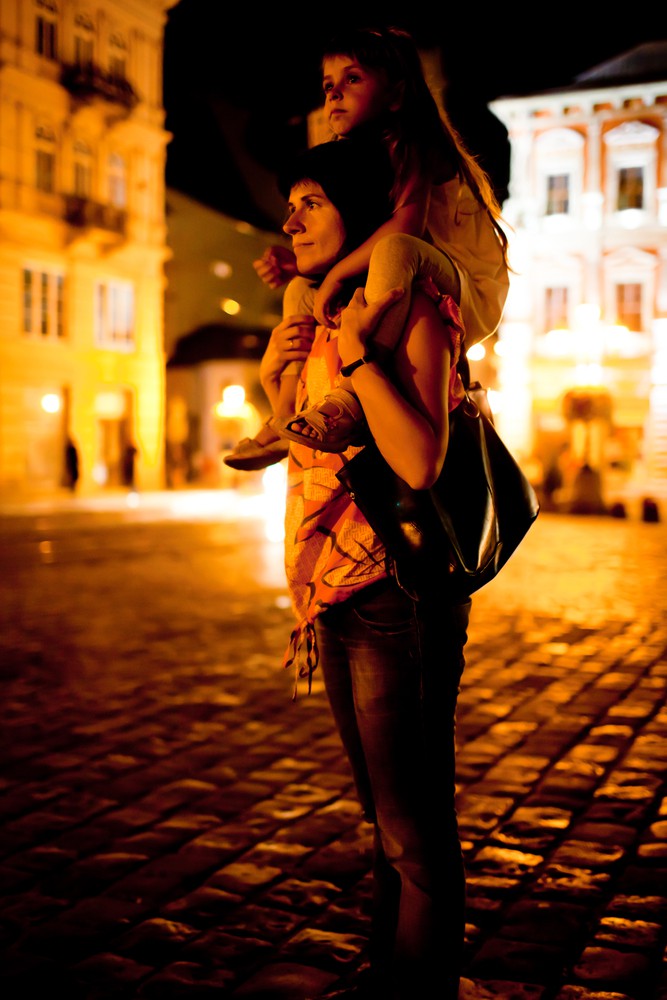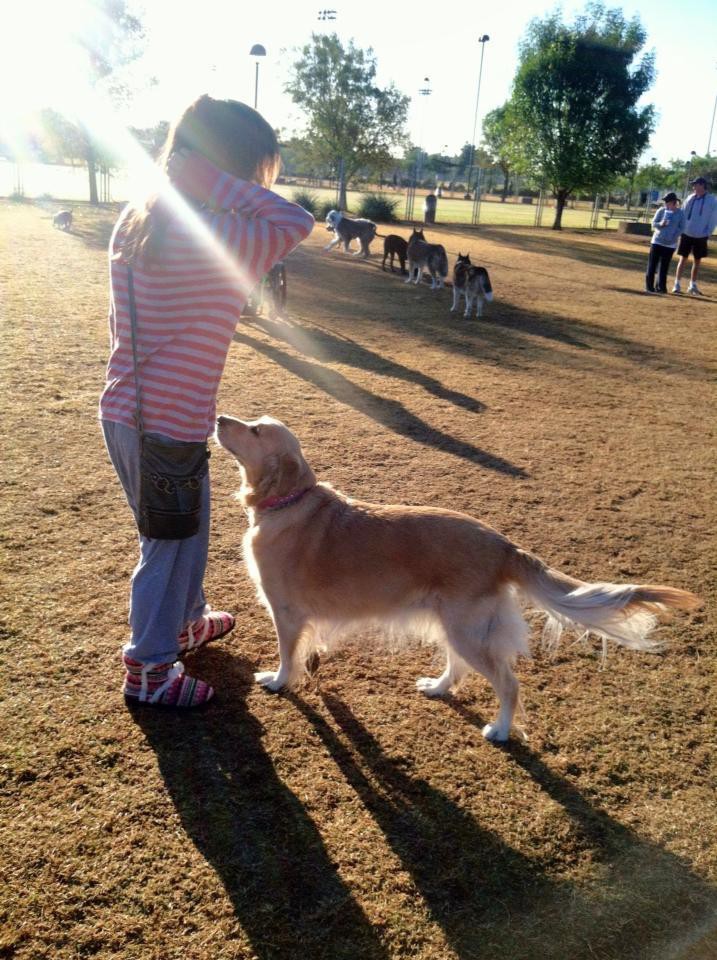 Photographers often say "The best camera is the camera you have with
you." Meaning, when that
Photographers often say "The best camera is the camera you have with
you." Meaning, when that once-in-a-lifetime shot happens right in front of you, whether it is baby's first step or a surprise appearance by a famous celebrity, better to grab the shot with the closest camera than to fumble for a better camera and miss the shot completely. For most of us, that "best camera" is the one on our tablet or smartphone.
Of course there are photo experts who claim that great pictures can only come from expensive, heavy and complicated DSLRs (digital single lens reflex) cameras like all the pros use. But don't let the photo snobs fool you. That little camera on your Android gear can also take amazing, world-class photographs, if you know just a few simple secrets the pros use. Follow along and I'll share with you these easy steps that can take your Android photos from zero to hero!
1. Composition
Regardless of how expensive or complicated your camera is, the first step is to simply be aware of how you compose, or arrange, your shot. The slightest movement up, down or sideways can make a dramatic difference in how your photo looks. Pros call it the "rule of thirds." But don't panic over this rule. It is very easy to use.Just imagine your screen divided into three horizontal and three vertical strips with grid lines in between. Many camera apps have an option for showing a grid on your screen. Using the lines of the grid and especially the intersections between the lines will dramatically improve your photos. It also helps ensure that your photos are level with the horizon. Or if you want to tilt your photo for effect, known as a Dutch angle, you'll be aware of exactly how much tilt you are cranking into your shot.
But as you try to make your photo composition follow the rule of thirds, watch out for this huge mistake that can ruin your photos!
2. Don't use digital zoom
While it might be very tempting to "zoom in" to make a subject look bigger in your picture, don't. Phone and tablet cameras don't actually zoom to make the image bigger. Instead, when you pinch the screen to adjust the size, you are simply spreading out your valuable pixels that soak up the light needed to form the photo. This makes your picture look fuzzy and washed out. Instead, use your legs. Walk up to your subject to better fill the frame and compose your picture.3. Use a better camera app
With so many free and paid camera apps in the Google Play store, how do you know which ones are worth your time? And just because some camera apps cost money, does that mean they are really better than the free ones? Relax. I've done the research and tried them out so you don't have to. My favorite Android camera app, Camera MX, is actually free, though there are opportunities for in-app purchases of additional features. But so far, the free version has done everything I've asked, and more!
As you explore Camera MX and all its controls, look for the HDR setting. HDR, or high dynamic range, is an option iPhone and iPad users have enjoyed for a while. With HDR, the camera shoots 3 separate photos in quick succession. The trick is each one is shot at a different exposure level. Then in an instant, the app combines the 3 photos into just 1. The idea is that with the 3 separate pictures, you'll get richer darks and more details in the brightest areas. It's an easy shortcut for great-looking pictures.
Speaking of photo exposures, here's a photo option a pro would never use!
4. Ditch the flash!
First of all, your Android gadget doesn't really have a camera flash. It has a flash light. Right next to the camera lens on the back of your tablet or phone is a light that is really handy for finding your keys in the dark. For photography? Not so much.Camera apps offer you the option of using your flashlight sort of like a camera flash, but don't fall for it. The LED light source is a funky color that makes skin tones look sickly, and the location right next to the lens makes eyes light up like a glow-in-the-dark Halloween costume. Worst of all, it's not even very bright. Instead, when in low light, look at how this picture makes the best of the light available.
Watch out for this common sunny-day mistake!
5. Watch out for lens flare
Adding or allowing lens flare is trendy in Android photography right now. But it can easily be overdone or done poorly. Lens flare is what happens when light, often the sun, shines right into your lens and actually creates reflections between the various pieces of glass that make up your lens. Those reflections block out and distort the picture you want to take.A dirty lens will also affect the way lens flare plays across your photo but usually not in a good way. Admit it. Your pocket or the bottom of your purse is not exactly the cleanest place in the world. Chances are the longer your gadget rides around in a purse or pocket, the more likely your camera lens will pick up dust, lint, crumbs, makeup and who knows what other messy stuff that lurks out of sight.
Take a moment to check your lens for any light-blocking junk. If you need to clean the lens, use a microfiber cloth.
If you have any doubt that your Android camera can take "real" photos, or if you just want a little inspiration to step up your mobile photography, take a look at these amazing photos from around the world.
Thinking up upgrading your mobile gadget to get a better camera? Check out my smartphone comparison chart to see how they stack up against each other.


















